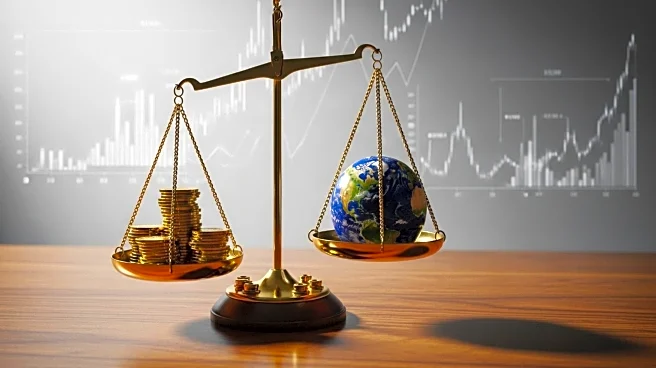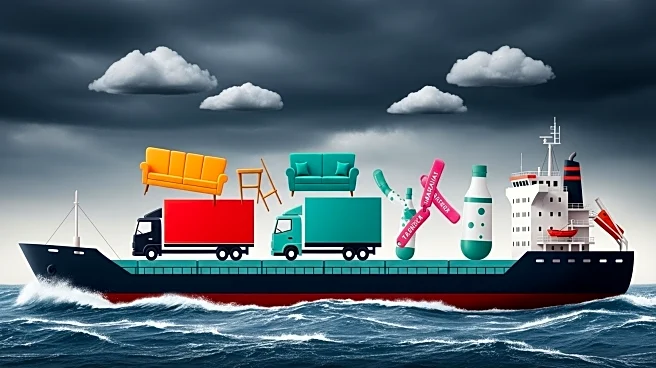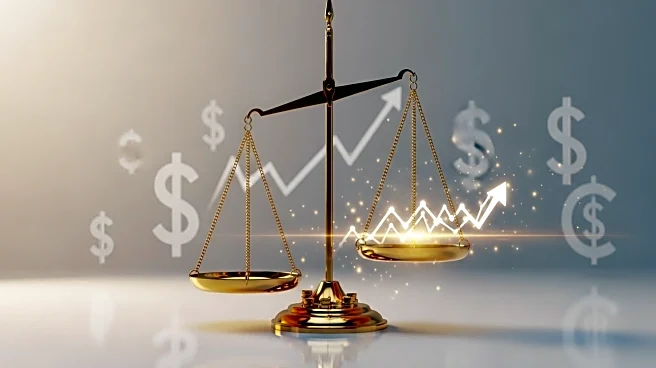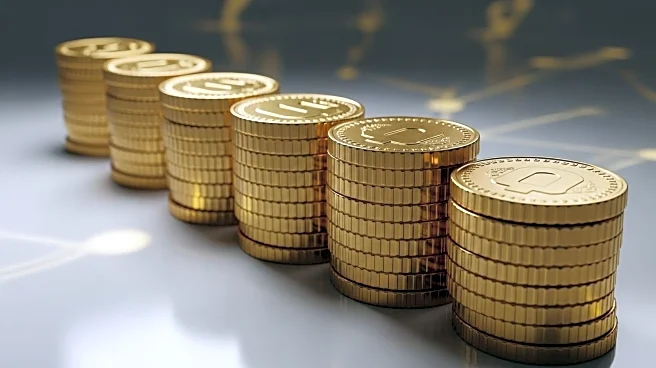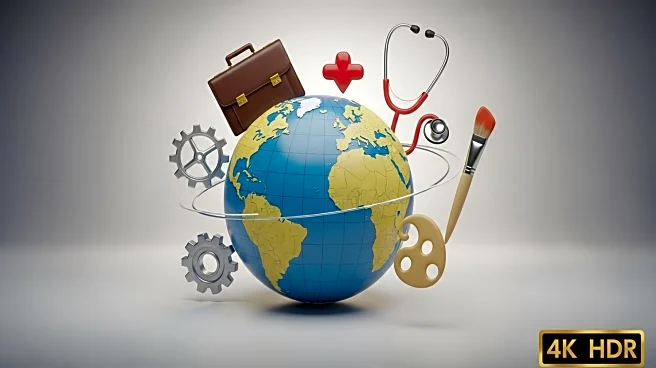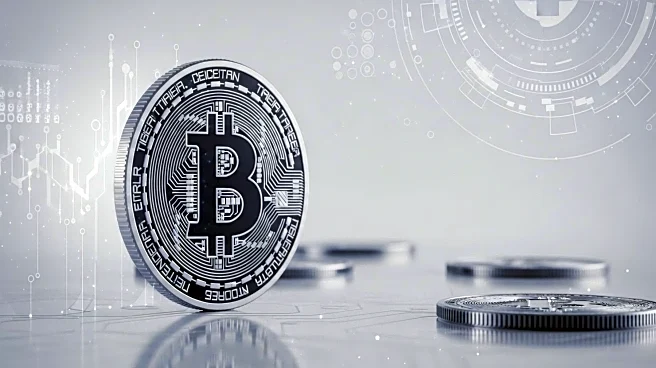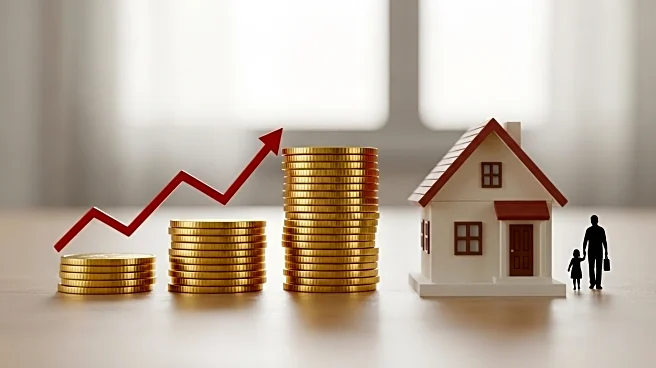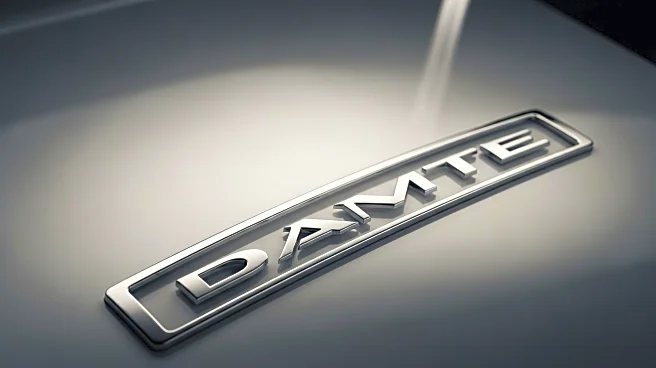What's Happening?
State fairs across the U.S. have transformed from their origins as agricultural showcases into major events that contribute significantly to the economy. Initially focused on livestock and agricultural competitions, state fairs now resemble pop-up theme parks, offering a variety of attractions such as petting zoos, live music, and fried foods. These fairs contribute $30 billion annually to the U.S. economy, according to David Grindle, CEO of the International Association of Fairs & Expositions. The evolution of state fairs reflects changes in public interests and technological advancements, with modern fairs featuring electricity-powered attractions and diverse entertainment options.
Why It's Important?
State fairs play a crucial role in supporting local economies and preserving cultural traditions. They provide a platform for showcasing agricultural products, crafts, and local talent, while also offering entertainment that attracts large crowds. The economic impact of state fairs is substantial, supporting jobs and generating revenue for local businesses. Additionally, fairs serve as a cultural touchstone, reflecting the unique characteristics and traditions of their respective communities. The continued popularity of state fairs highlights their importance as a venue for community engagement and cultural expression.
Beyond the Headlines
State fairs also serve as a platform for artists and craftsmen, offering opportunities for recognition and validation of their skills. The inclusion of arts and crafts in fairs has historical significance, with demonstrations originally focused on practical applications. Today, fairs showcase a wide range of artistic expressions, from traditional crafts to innovative creations. This aspect of state fairs contributes to the preservation and promotion of cultural heritage, while also encouraging artistic innovation and community involvement.

